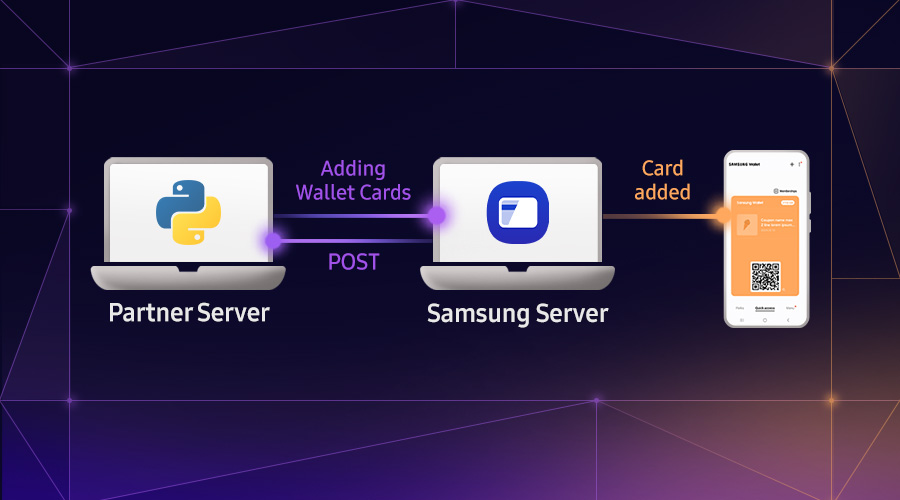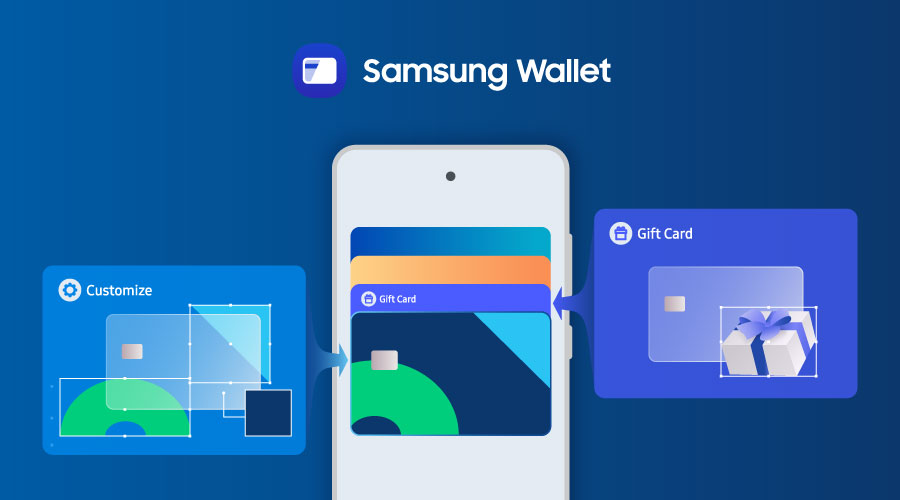Galaxy Themes: Design Tips
Josue Bustos
Samsung Technical Evangelist
Note: As of 9 February 2023, some of the information in this blog post is out-of-date. Please refer to the Galaxy Themes documentation for the latest information on creating and submitting Galaxy Themes.
In this article, I'll share essential visual design requirements and tips that you can use to create a quality Samsung Themes design portfolio, and increase your chances of passing the review process. When you’re ready to submit a Theme portfolio, make sure to visit the How To Submit A Samsung Themes Portfolio blog to learn about the open submission cycle, portfolio requirements, and more.
Let's get started, shall we?
Theme Design Requirements
In my experience reviewing Theme designs, there are often three key visual design elements missing from many Theme portfolio submissions: six UI Screens, default icon customization, and a highly original design. When any of these are absent, applicants are instructed to resubmit their Theme design. Let’s take a closer look into these requirements.
Submit Six UI Screens
First and foremost, it is a requirement to include all six UI screens in your Theme design: Lock Screen, Home Screen, Dialer, Contact, Message, and Notifications.

Let’s imagine that Michelangelo woke up one day to create a Theme design based on the Sistine Chapel Ceiling. Because he’s an established and famous artist, he confidently submits his work during the open submission window but decides to only include five screens instead of six. Sorry, Mike you’ll need to resubmit your work, you’ve got to include all six screens in your portfolio!
Customize All Icons
The second requirement is that all default icons must be customized. To find out what qualifies as a default icon, simply download the Photoshop Theme Template. Open the file and review the first layer named 1_LockScreen and the second layer named 2_HomeScreen.

In the Home Screen layer, you’ll find these icons: Email, Camera, Gallery, Galaxy Apps, Phone, Contacts, Messages, Internet, and Apps. In the Lock Screen you’ll find the Phone and Camera icons.
Always Use Original Art
Use your own original art in your Theme designs; never use someone else’s images. Established Theme designers can use images for which they have a license, but portfolio submissions must be original work.
Theme Design Tips
This next section consists of style tips, online tools, and simple methods to overcome creative roadblocks to improve your designs.
We’ve all heard the saying “Less is more,” right? It’s true, sometimes less is more. However, there are times when a design relies so much on minimalism that the art falls short of spectacular.
Another example is a work of art that’s beautifully executed. Colors, shapes, and composition work well together, but the text isn’t legible; hence the little details get lost and the design fails.
So, how do you create a beautifully balanced design? Let’s find out.
Beware Heavy Minimalism
Simplicity in design is not a dangerous route to take. In fact, it’s one of the most popular categories in the Samsung Theme Store. However, be cautious not to heavily rely on negative space.
If you do not plan to intentionally use a minimalistic style, then all other artistic techniques should speak creative volumes. You can still create simple, elegantly-crafted visual designs, but be mindful that a mobile UI interface needs to be functional as well as visually appealing.

Design With Consistency
To produce a good, consistent theme design you must have a blueprint and the tools to help you build a solid foundation.
The blueprint can be that you sketch out several iterations of your ideas on paper. Next, is choosing the tool to help you pick the right color palette. Finally, get a second opinion, ask for feedback and find out if there any inconsistencies in your design.
Whether six mobile UI screens, an icon pack, or a settings screen, your Samsung Themes design must portray your style as a whole. Colors, font and text legibility, line weight and thickness, transparency, and color harmony must all be considered across the board.

Remember, whether your Theme is painstakingly created from scratch or a beautiful photo that you took from the mountaintops of the Himalayas, your icons, fonts, and other UI elements need to gracefully mesh with your background photo or image.
I know it sounds easier said than done, but these basic methodologies will help you create a robust, well-balanced, Theme design.
Design Using High-res Graphics
Unless you’re intentionally using pixilation as an artistic style, use high-res graphics and images. Any visible signs of low resolution or blurry pixilation can impact the quality of your work in a not-so-positive way.

Here are a few resources where you can learn more about Exporting Graphics for Mobile Devices, Exporting Graphics for Mobile Apps, and Working with Images.
Don't Overlook Fonts And Text
Font and text legibility should be a key part of your objective when designing Themes. When I want to make sure text is legible, I have my peers give a look. The average person should be able to read the text twelve inches away from their eyes. If you’re placing the screen near your face to read the text, then that means the legibility test has failed. More information on this topic can be found here.
Find Inspiration
Sometimes we have one of those days where the creative juices aren’t flowing. If that happens, I sometimes jump to other websites for inspiration. For example, I head over to Behance for some digital-heavy art, or if I’m looking for something edgier, I jump to Juxtapoz.
Shake things up a bit, push the envelope, and show us what you’ve got!
Focus On Color
One strong characteristic of good Theme design is harmonious color relationship. How this is orchestrated throughout all UI elements and screens could be the difference between getting access to the Theme Editor or resubmitting your work.

When I need a refresher, I refer to online tools and some color theory concepts. Below is a short list of links that help me work with colors a little better.
References:
Tools:
Closing Thoughts
These tips have helped me improve my designs, and it is my hope that you’ll find them to be useful as you take the first step in your journey as a Samsung Themes developer. Once you’ve put this advice into practice and are ready to submit a Theme portfolio for review, visit the How To Submit A Samsung Themes Portfolio article for everything you need to know about the open submission cycle, submission requirements, and more.
So, what are you waiting for? Join the Samsung Developer Program and start creating beautifully hand-crafted Themes today!
Support
- For technical questions and answers, please create a support ticket
- Help from the global community
Theme Resources
Theme Webinars


